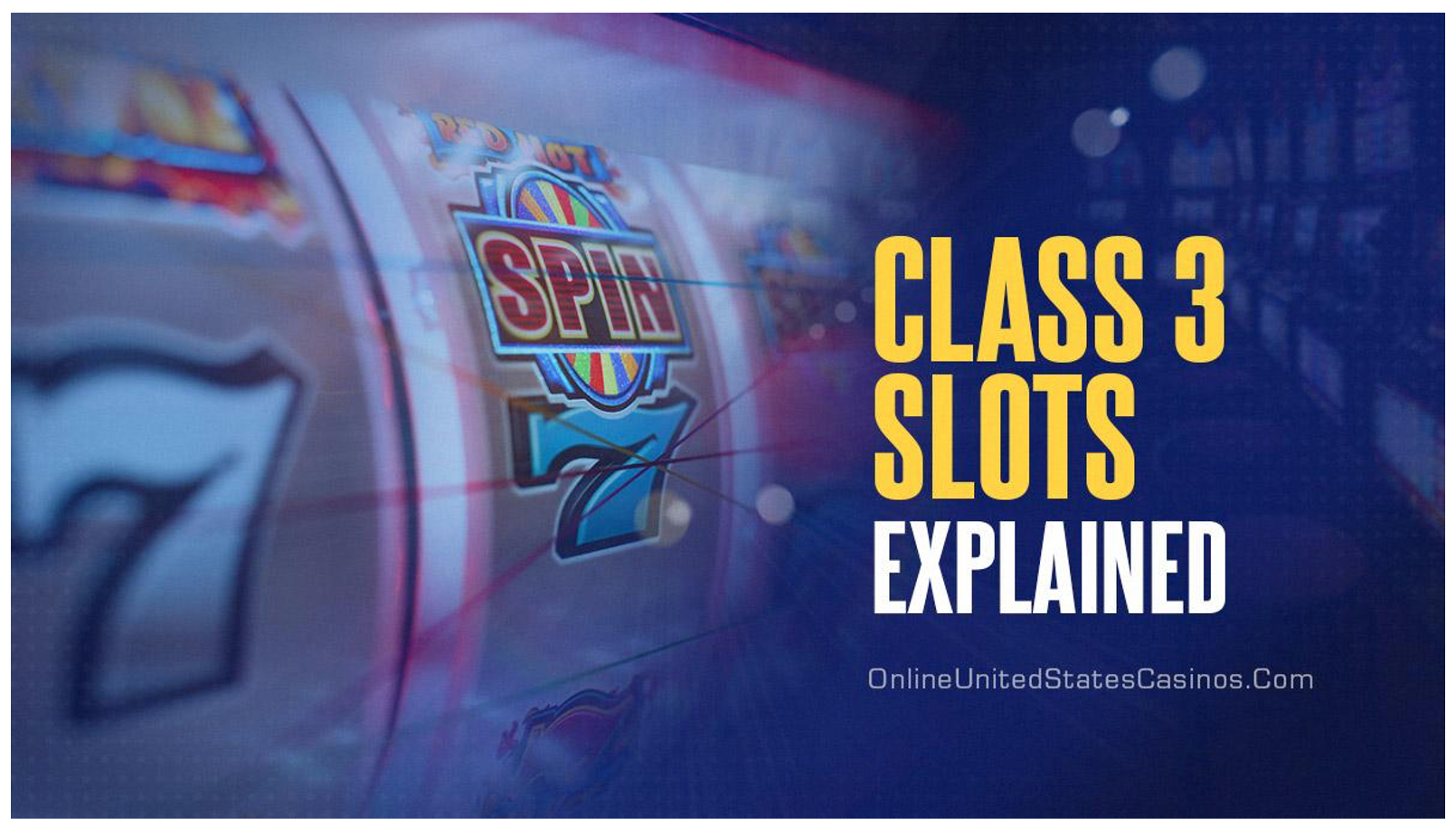Slots utilize a simple concept. You pull a lever, and the machine indiscriminately jumbles up symbols on a reel grid. Depending on which combination comes up, your wager amount gets multiplied, or you have to spin again in hopes of winning a prize.
The first such game came into existence sometime between 1887 and 1895. It was the brainchild of San Francisco inventor Charles Augustus Fey, who named it the Liberty Bell. He reduced the complexity featured in the Sittman and Pitt five-drum poker machine by limiting the number of reels to three and incorporating automatic payouts. In 1902, gambling machines offering money wins got banned across the US, commencing the fruit slots saga. Games that paid out rewards in sweets in the corresponding flavor to the fruit symbols landed on the grid.
Once the Vegas casino boom began, slots exploded in popularity. Money Honey was the first fully electromechanical machine created by Bally Industries, and it set the tone for a new era in gambling. Today, these games are the industry’s cash cows, accounting for more than 70% of all gaming revenues. The same holds for the digital sphere, where online slots naturally dominate. However, when it comes to land-based venues, many people are unaware that gaming machines divide into two categories that look similar but work differently. These are class 2 and 3 reel-spinners.
What Are Class 3 Slots?
Now, class 3 machines are what most people think when they hear the word slot. These are games that use random number generators, which are algorithms that indiscriminately spit out numbers that govern which symbol combinations get formed on the reel grid. They are the games featured at top-end establishments in gambling hot spots such as Atlantic City, Las Vegas, and Macau.
Each spin on these games is random. Preceding results do not affect those that follow. Meaning, slots do not provide more winning spins when several losing ones occur in a row. That said, these products incorporate math models that determine what percentage of the money wagered on their reels they will payback, and how often wins will happen. These two game specs bear the names return-to-player and variance. Though, the math models determine these characteristics over millions of reel rotations. Thus, they aren’t applicable in the short term.
Due to regulation, all class 3 machines must feature a minimum payback percentage set by a local overseeing body. For example, in Nevada, the minimum payout limit for slot machines is 75%. Online, the Malta Gaming Authority, one of the top international regulators, limits its licensees to only host reel-spinners with a return-to-player of 92% or higher. That ensures that the players stand a chance to win a prize and that the game isn’t simply there to eat away their cash. Know that it is far more common to see this payback percentage listed at online casinos than at brick-and-mortar locales.
The Difference Between Class 2 and 3 Machines
Before we get into video gaming terminals, or VLTs (class 2 machines), we should explain the US class system. It stems from the Indian Gaming Regulatory Act of 1998, which categorizes gaming activity into three sections. The first one (class 1) is social card games, non-profit ones. Class 2 are bingo games, and class 3 is anything that falls into Vegas-style gambling, meaning table games such as blackjack, roulette, craps, and yes, slot machines.
So, why was this system put in place? Well, because Native American tribes believed that bingo games were less immoral than traditional gambling. However, over time, tribal operators began creating machines that met the class 2 requirements but looked and played like regular slots.
These are video gaming terminals, which, in essence, are slots with a bingo soul. They do not use the same RNG-based algorithms as casino reel-spinners but are more of a high-speed automated version of bingo. When you hit the spin button on a VLT, you get pooled in a network with other active players, all of which have a predetermined bingo outcome.
Note that that is only the mechanism with which these machines operate. Any relationship to actual bingo is tenuous. Their façade is that of traditional slots, and they aim to emulate these games while tip-toeing around the limits of gambling legislation.
To Wrap Up
In most players’ eyes, class 3 machines are fairer than class 2 ones. They are standalone games that deliver results via distinct random number generators. Though, in general, the payback percentages of both category titles are similar.
So, there is little difference between the two. That said, given that class 3 products have a home at prestigious gaming venues, their developers go the extra mile in creating engaging games that stretch the limits of the slot format. They provide a more complex and immersive gambling experience than VLTs.
About the Author
Shelly Schiff has been working in the gambling industry since 2009, mainly on the digital side of things, employed by OnlineUnitedStatesCasinos.com. However, over her eleven-year career, Shelly has provided content for many other top interactive gaming websites. She knows all there is to know about slots and has in-depth knowledge of the most popular table games. Her golden retriever Garry occupies most of her leisure time. Though, when she can, she loves reading Jim Thompson-like crime novels.


